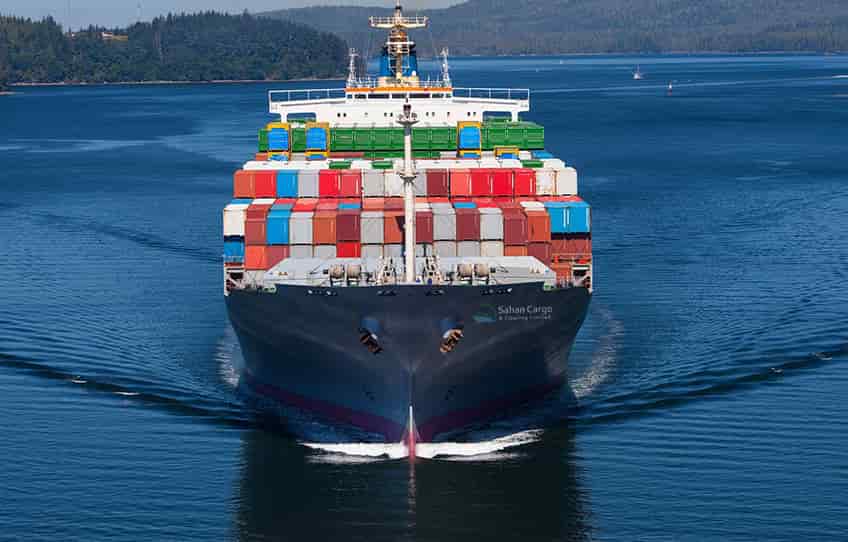Welcome To ChemAnalyst

UNCTAD’s Review of Maritime Transport 2021, published in mid-November, showcased that the recovery pace of the global economy is dampened by the higher freight charges, which are anticipated to persist in the upcoming period. UNCTAD’S analysis estimated that if the current freight charges if sustained, led to an increment of 11% on global import price levels and the consumer price level could inflate by 1.5% between now and 2023.
The demand for the consumer end good surged in the second half of 2020, and into 2021, as consumers tend to spend their money on goods rather than services during pandemic lockdown and restrictions, whereas e-commerce purchases placed an unprecedented demand and supply chains. In response, the large swing in containerized trade flows led to supply constraints, including container ship carrying capacity, container shortage, labor shortages, the consistent restriction forced to contain the spread of COVID 19 across the regions, and congestion at ports.
The widened gap between supply and demand led to the record hike in the container freight rates on all container trade routes. The impact of the high freight charges will be greater on small island developing states (SIDS), it is anticipated that the import prices will soar by 24%, and the consumer prices by 7.5%. Whereas, in the least developed countries (LDCs), consumer price levels are estimated to be hiked by 2.2%.
The analysis predicted an increment of 9.49% in rubber and plastics products, a 7.5% increment for pharmaceuticals, and 6.9% for motor vehicles, and 6.4% for machinery and equipment. However, the impact of the higher freight rates will not be evenly spread, it has a greater impact on the smaller economies compared to the larger ones.
A 10% increase in container freight rates, coupled with the supply chain disruptions, is anticipated to decrease the industrial production in the United States and Europe by 1% and curtailed by 0.2% in China.
We use cookies to deliver the best possible experience on our website. To learn more, visit our Privacy Policy. By continuing to use this site or by closing this box, you consent to our use of cookies. More info.
